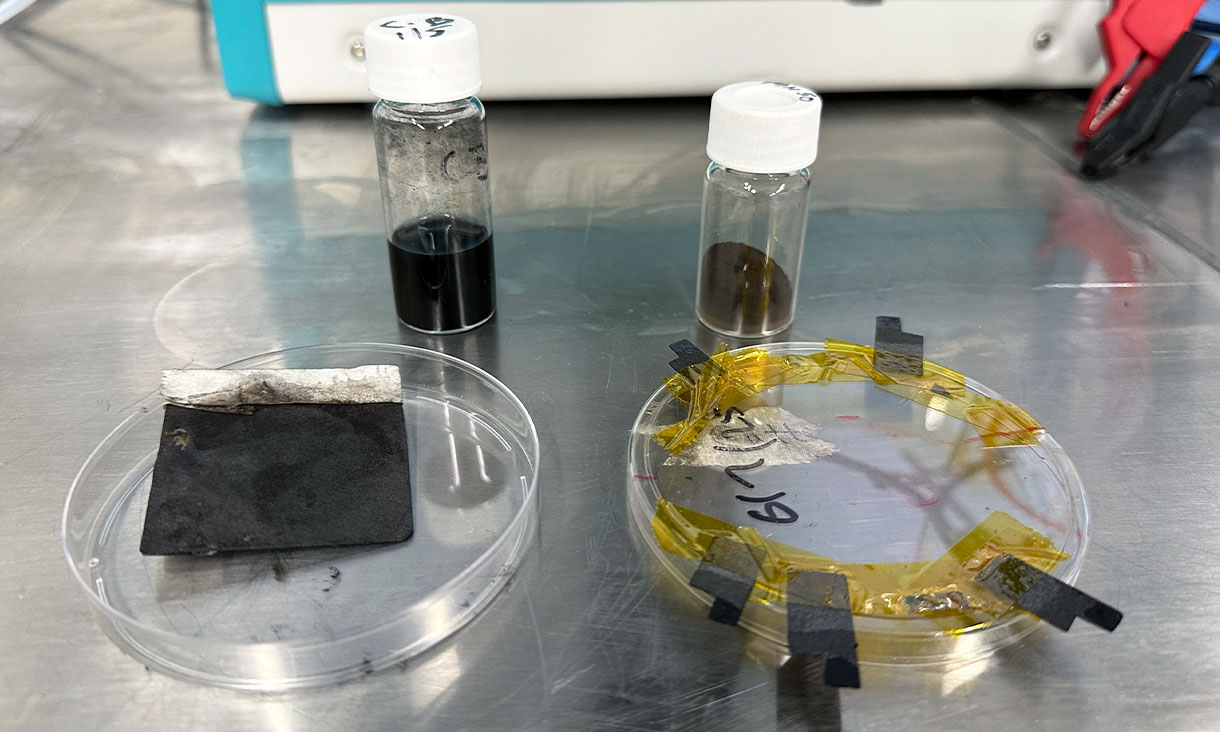2025-07-17 ロイヤルメルボルン工科大学(RMIT)

Their experimental invention comes in the form of electrodes, which are key components for splitting water into hydrogen and oxygen. The electrode is made with an absorbent carbon surface that attracts metals from wastewater to form catalysts that are stable and efficient at conducting electricity, helping to speed up the water splitting. Credit: Shu Shu Zheng, RMIT University
<関連情報>
- https://www.rmit.edu.au/news/all-news/2025/jul/wastewater-hydrogen
- https://pubs.acs.org/doi/10.1021/acselectrochem.5c00064
持続可能な水素製造のための触媒改質剤としての廃水の利用 Harnessing Wastewater as a Catalyst Modifier for Sustainable Hydrogen Production
Muhammad Haris,Suraj Loomba,Ali Zavabeti,Lars Thomsen,Anton Tadich,Bing-Jie Ni,Nicky Eshtiaghi,and Nasir Mahmood
ACS Electrochemistry Published: July 16, 2025
DOI:https://doi.org/10.1021/acselectrochem.5c00064
Abstract
Wastewater is considered a growing environmental and economic liability due to the hazards it poses to biota and the ecosystem and the high costs of its treatment. Owing to the diverse nature of wastewater, it can also be a source of valuable materials. Here, we used wastewater active compounds that are naturally deposited on electrode surfaces as a unique catalyst complex. The high electrocatalysis performance of several active ingredients found within wastewater and their synergic effects have rarely been reported. The demonstrated in-situ self-enrichment of the electrode surface catalyst using active ingredients from wastewater enabled continuous water splitting for over 18 days, achieving a high Faradaic efficiency of approximately 89% and a stability of around 95%. This performance fills a significant gap for commercial wastewater electrocatalysts, even surpassing that of Pt/C and IrO-based catalysts. By using two different water sources, we further demonstrate the versatile nature of the developed process. This study explores a concept that eliminates the dependency on freshwater and desalinated water, enabling it to be used even in water-stressed areas to produce economically viable hydrogen.


